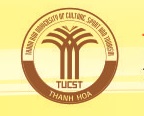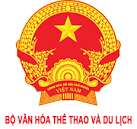METHODS TO RESTORE AND RE-REPRESENT INTANGIBLE CULTURAL HERITAGES AND SOME SUGGESTIONS FOR THE RECONSTRUCTION OF NAM GIAO ALTAR IN TAY DO NOW
DOI:
https://doi.org/10.55988/2588-1264/154Keywords:
Restoration; Cultural heritage, Sacrifice;, Nam Giao, Tay DoAbstract
The Ho Dynasty Citadel was recognized by UNESCO as a World Cultural Heritage on June 27, 2011. The nominated area of the heritage includes 3 main parts: Imperial Citadel, La Thanh and Nam Giao Altar. Among them, the Nam Giao altar is an important, unique architectural and valuable part of the Vietnamese capital during the Ho Dynasty. According to historical documents, at the Nam Giao altar space, in 1402, the first sacrifice ceremony of the Ho Dynasty took place. This is considered the most important ritual in Vietnamese feudalism. For the Ho Dynasty Citadel heritage, paying attention to research, conservation, and restoration of "intangible" heritage values has been assessed by scientists as extremely necessary. Based on historical data, archaeological excavation results and some lessons in reconstructing royal rituals, we discuss a number of issues related to Nam Giao sacrifices in order to effectively reconstruct one of the unique royal ceremonies ever present in Thanh Hoa.






